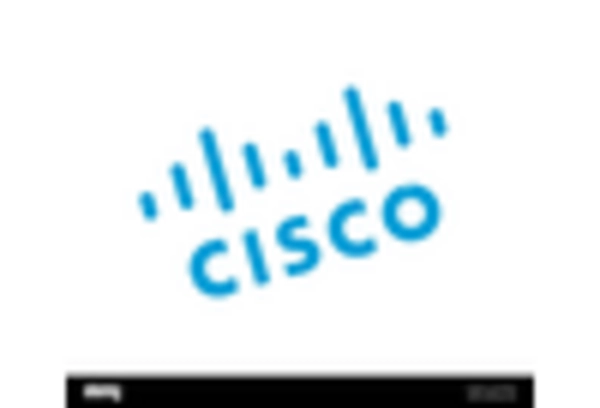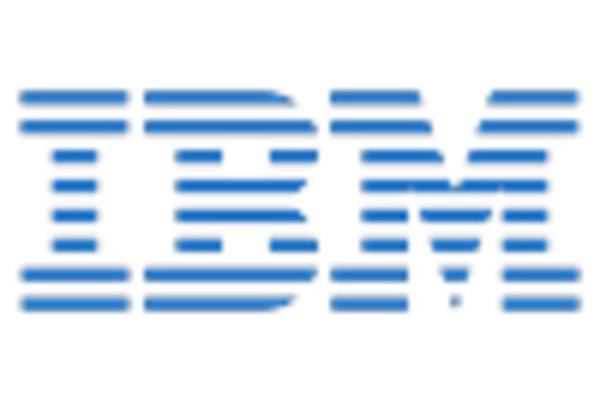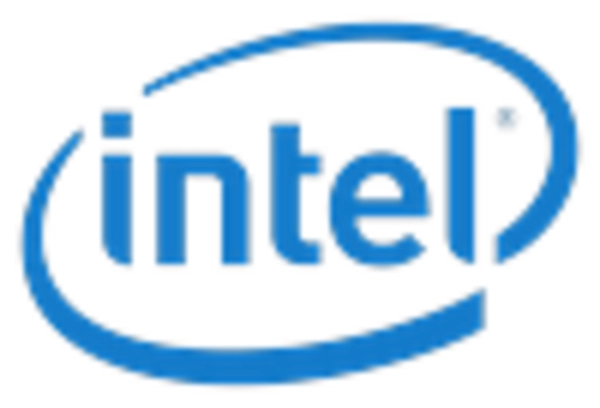Market Analysis
Silicon Photonics Market (Global, 2023)
Introduction
The silicon photonics market is a key to the evolution of the high-speed data transmission and the advanced computing technology. The demand for faster and more efficient data transmission is increasing, and silicon photonics is a promising solution that uses the unique properties of silicon to integrate optical components and electrical circuits. It not only improves the performance of optical devices, but also reduces the power consumption, and is therefore an attractive solution for many applications such as data centers, telecommunications and consumer electronics. The continuous development of manufacturing methods and the increasing use of silicon photonics in new fields such as artificial intelligence and the Internet of Things will further increase the significance of silicon photonics in the future development of the industry. The silicon photonics market will continue to develop rapidly as the industry continues to respond to the challenges of data transmission and energy consumption.
PESTLE Analysis
- Political
- In 2023 the political background to the silicon photonics market is largely influenced by government initiatives to promote the development of silicon-based technology. The American government has allocated approximately $ 50 billion under the CHIPS Act to strengthen domestic semiconductor manufacturing, which also includes photonics research and development. In Europe, the European Union has proposed a new directive to increase the use of photonic integrated circuits in telecommunications by 2025 by a factor of five, which shows the strong political will to develop the technological potential of the region.
- Economic
- The silicon photonics market is under pressure from fluctuating raw material prices. In 2023, the price of silicon wafers rose by 15 percent compared to the previous year, owing to supply disruptions and a rise in demand from several industries, such as telecommunications and data centers. Nevertheless, the silicon photonics market is expected to grow. The global semiconductor industry is forecast to be worth $600 billion by 2024. As companies seek to speed up data transfer rates and reduce energy costs, they will be willing to invest in silicon photonics.
- Social
- The 2023 social trends show a growing awareness and demand for energy-saving technology, both on the part of the consumers and the companies. A survey in the early years of 2024 shows that 68% of the population consciously seeks energy-saving solutions in their purchase decisions, which in turn makes companies adopt silicon photonics solutions with lower power consumption. Moreover, the growing importance of high-speed Internet and cloud services increases the demand for advanced photonics components. In 2023, 45% of companies plan to expand their own equipment to support photonics in the coming year.
- Technological
- The progress of silicon photonics is accelerating. The R & D institutions and the companies are investing heavily in the development. In 2023, more than 1,200 patents were filed for silicon photonics all over the world, a 25 percent increase over the previous year. The main thing is that the integration of silicon photonics and artificial intelligence technology is expected to enhance the processing ability of data. Also, with the development of new manufacturing methods, the cost of photonic integrated circuits has been reduced by about 30 percent, and it is becoming more and more convenient for mass production.
- Legal
- The legal framework for the silicon photonics market is still in the process of developing, especially in the areas of intellectual property rights and export controls. In 2023, the United States’ patent and trademark office reported that there were over 300 lawsuits concerning the rights to semi-conductor patents, with a noticeable rise in cases involving photonics. New export control regulations have been introduced which restrict the sale of advanced photonic devices to certain countries. This has implications for international trade and cooperation in the silicon photonics sector.
- Environmental
- In the silicon photonics market, environment is becoming increasingly important, especially in terms of energy efficiency and the use of green energy. It is expected that by 2023, the average energy consumption of data centers using silicon photonics will be about 30% lower than that of traditional electronics, thereby demonstrating the advantages of the use of these two technologies. Besides, the European Union has set a goal to reduce the carbon dioxide emissions of the semiconductor industry by 50% by 2030. , thereby encouraging companies to invest in green production.
Porter's Five Forces
- Threat of New Entrants
- The Silicon Photonics Market has moderate entry barriers, because of the high technological level of the market and the high cost of research and development. However, the increasing demand for high-speed data transmission and the growing use of silicon photonics in various applications may attract new entrants, which may result in a moderate level of competition.
- Bargaining Power of Suppliers
- The bargaining power of suppliers in the silicon photonics market is relatively low. Suppliers are spread over a large number of suppliers and materials, which reduces the dependence on a single supplier. And the technical development makes it possible to enter the market more and more suppliers. The bargaining power of suppliers is also decreasing.
- Bargaining Power of Buyers
- Buying power is high in the silicon photonics market due to the presence of multiple suppliers and the availability of alternative technology. With increasing customer knowledge and the demand for improved performance and price, suppliers are forced to compete and buyer power is high.
- Threat of Substitutes
- The threat of substitutes in the silicon photonics market is moderate. While silicon photonics has unique advantages, such as its high bandwidth and low power consumption, other technology such as conventional electronics and other photonics can also be used for the same purpose. These areas are still being developed, which means the threat of substitutes remains significant.
- Competitive Rivalry
- Competition is very high in the silicon photonics market, mainly because of the presence of many established players and new entrants who are competing for market share. The rapid pace of technological change and the growing demand for high-performance solutions are driving the competition, which in turn is resulting in the use of aggressive marketing strategies and continuous innovation by the companies.
SWOT Analysis
Strengths
- High bandwidth and low latency communication capabilities.
- Integration with existing silicon manufacturing processes, reducing costs.
- Growing demand for data centers and high-performance computing applications.
Weaknesses
- Limited awareness and understanding among potential end-users.
- Challenges in scaling production for mass adoption.
- Dependency on advancements in complementary technologies.
Opportunities
- Increasing investments in research and development for innovative applications.
- Expansion into emerging markets with growing tech infrastructure.
- Potential collaborations with telecommunications and data center companies.
Threats
- Intense competition from alternative technologies such as traditional optics and electronics.
- Rapid technological changes that may outpace current silicon photonics developments.
- Regulatory challenges and potential trade restrictions affecting supply chains.
Summary
In 2023, the silicon photonics market will be characterized by its high speed and low cost of integration with existing technology. It will also face challenges such as market awareness and scalability of production. Opportunities will come from increased R&D investment and market expansion, while threats will come from competition and regulatory issues. Strategic emphasis on education, collaboration, and innovation will be crucial to exploiting strengths and overcoming risks.















Leave a Comment